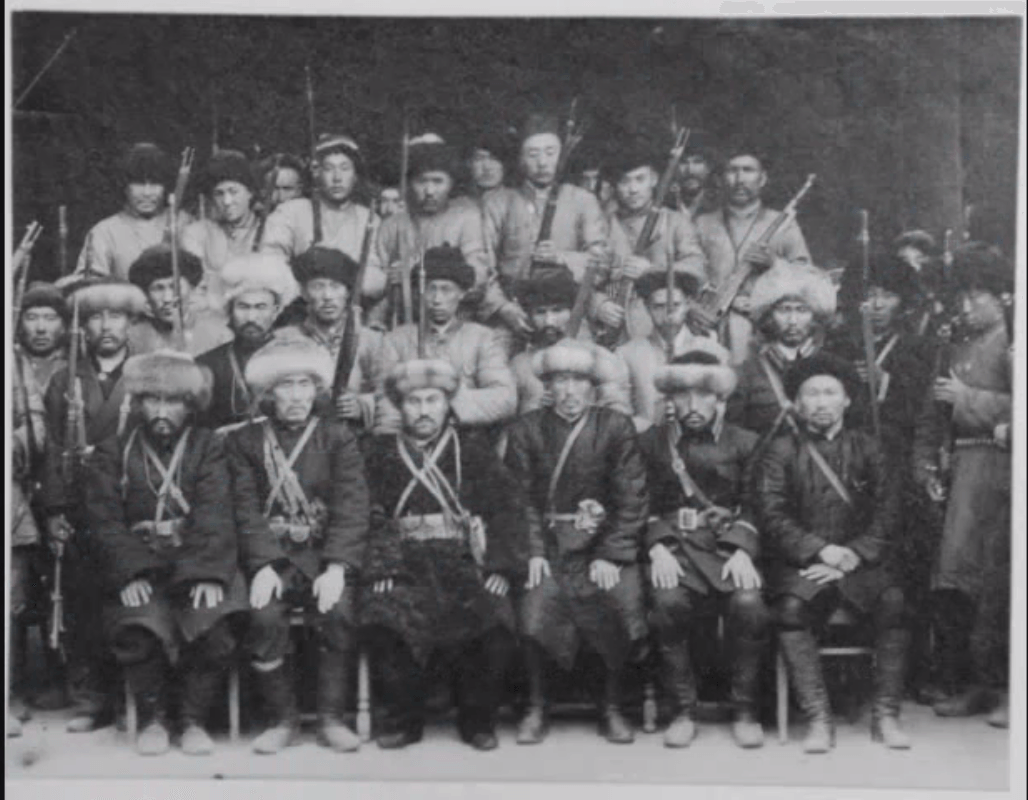Author: Michael Evans, Indiana University
Source: ProQuest (Link: https://search.proquest.com/openview/11e8fd9da1420389db71eea5b201f824/1?pq-origsite=gscholar&cbl=18750&diss=y)
Preview:
In the summer of 1969, China and the Soviet Union teetered at the brink of war. Looking to exploit a perceived vulnerability, Soviets used the language of national liberation to encourage minority peoples along the Sino-Soviet border to collaborate in efforts to destabilize the Chinese frontier. In the Xinjiang Uyghur Autonomous Region, the so-called “Eastern Turkistan People’s Revolutionary Party” heeded this call.
The relationship between China and the Muslim Turkic peoples of Xinjiang’s Tarim and Zungharian Basins had long been tense. During the first half of the twentieth century, separatist movements in 1933 and 1944 had taken advantage of Chinese instability and disarray to claim independence for “Eastern Turkistan.” While these regimes proved short-lived, the fantasy of an independent Eastern Turkistan persisted beyond liberation in 1949. During the “Three Districts Revolution,” as the second Eastern Turkistan Republic is generally referred in post-liberation literature, an underground Eastern Turkistan People’s Revolutionary Party existed as Xinjiang’s first Turkic Marxist political party. Formally, this organization later folded and merged with the Chinese Communist Party. Its leaders, including future governor Seypidin Ezizi, formed a core of local leadership that guided Xinjiang through the tumultuous early years of the People’s Republic of China.
Subsequent disillusionment with that government, however, led some former members to clandestinely resurrect the old party, with hopes that they could be the vanguards of a third Eastern Turkistan Republic. The domestic chaos forged during the Great Proletarian Cultural Revolution would provide the opportunity that they sought. As mass organizations began amassing weapons in early 1967, so too did the People’s Revolutionary Party. With Soviet assistance, the partisans expanded their operations and formulated concrete plans for an insurrection against Chinese rule. If they cooperated, cross-border propaganda broadcasts assured them, the Soviet Army and other sympathetic forces would deliver them an independent Eastern Turkistan. When Soviet and Chinese negotiators defused international tensions through diplomacy, however, an already-mobilized Eastern Turkistan People’s Revolutionary Party was left to fend for itself. The party quickly buckled under the weight of an investigation by Chinese security forces.
